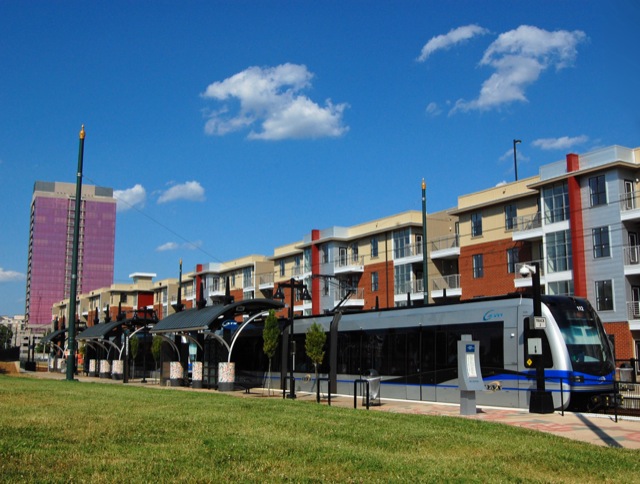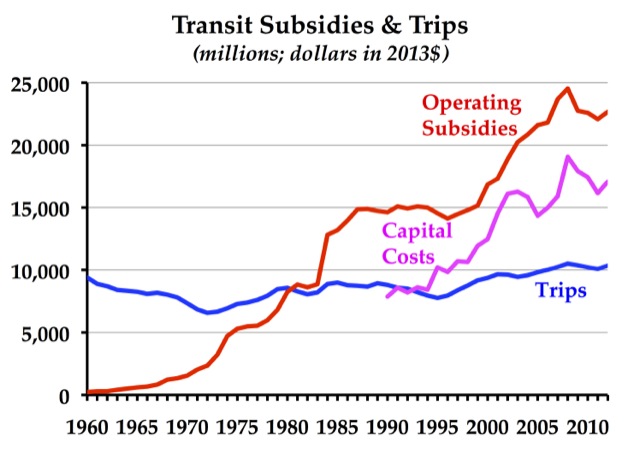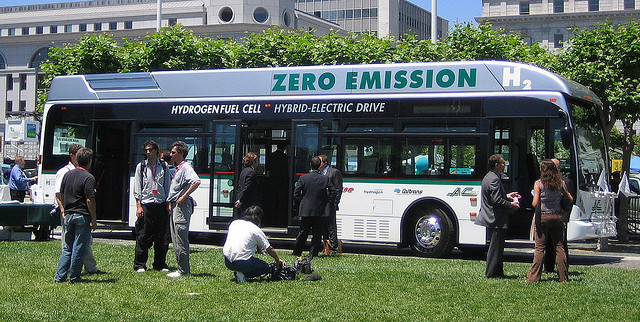FBI agents posed as transit-oriented developers willing to bribe the mayor of Charlotte to get his support for a streetcar line, light rail, and related projects. The now-ex-mayor Patrick Cannon gladly accepted bribes in exchange for lying to investors and pushing city planning agencies to fast track the developments. When on the city council, Cannon had opposed construction of a streetcar line, but mysteriously changed his vote when he became mayor.

Who did developers bribe to get this project completed?
The Antiplanner isn’t enthusiastic about police entrapments, but this case brings to light one of the seamier sides of rail transit. These projects cost so much that they make some sort of corruption, if only in the form of campaign contributions, mandatory. The FBI sting has to raise questions about other rail projects and developments, especially considering the current U.S. Secretary of Transportation was the mayor of Charlotte just prior to the one who was stung.











